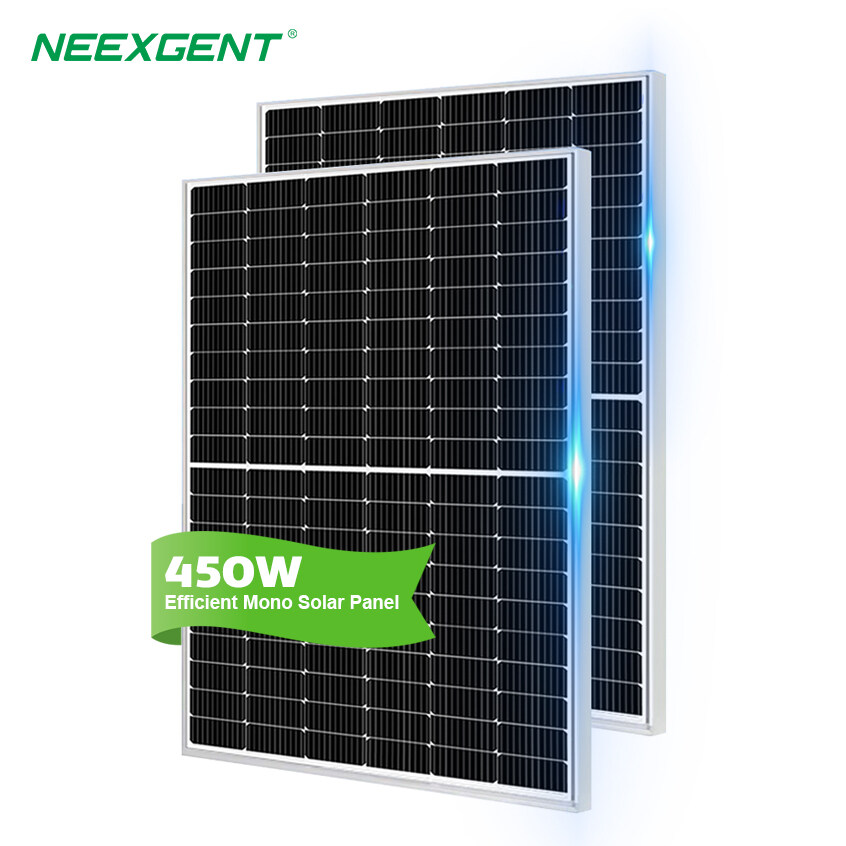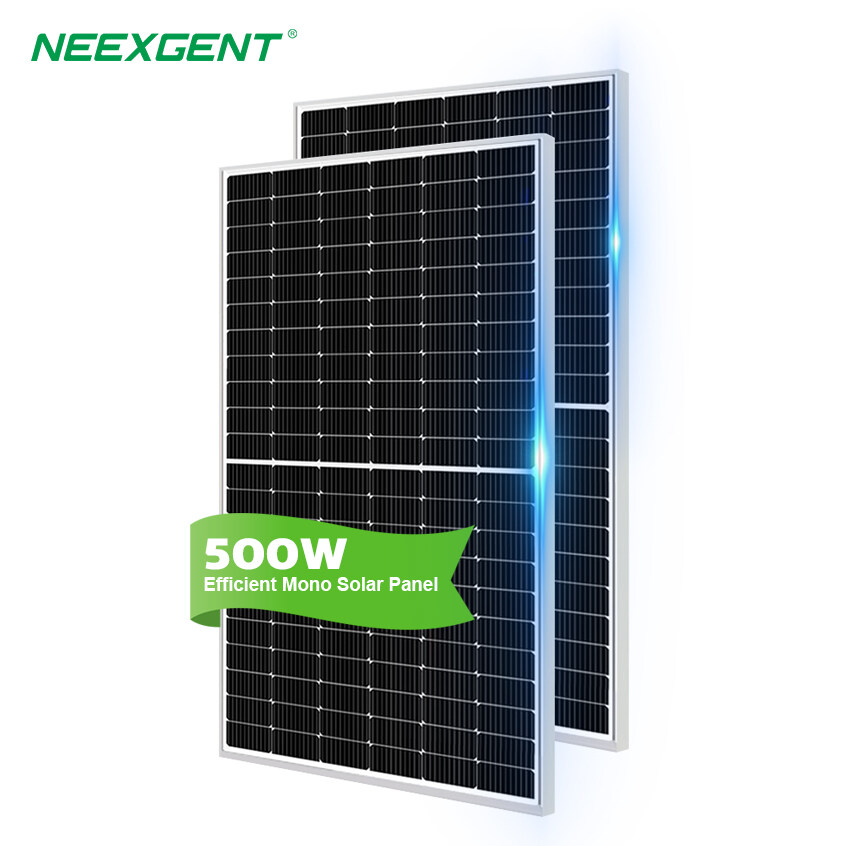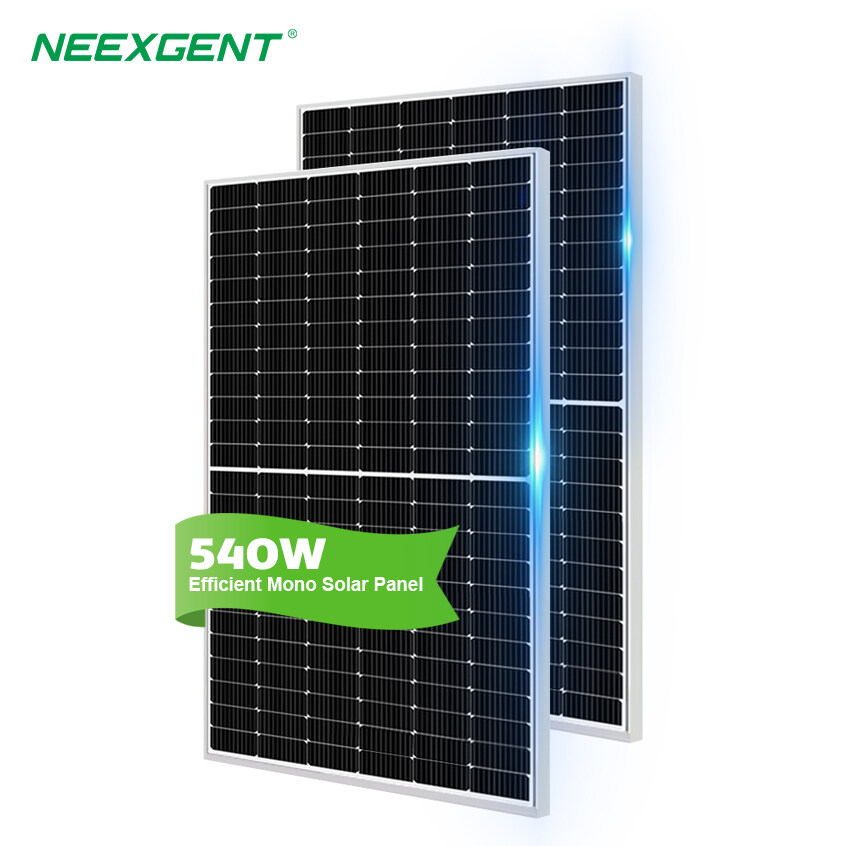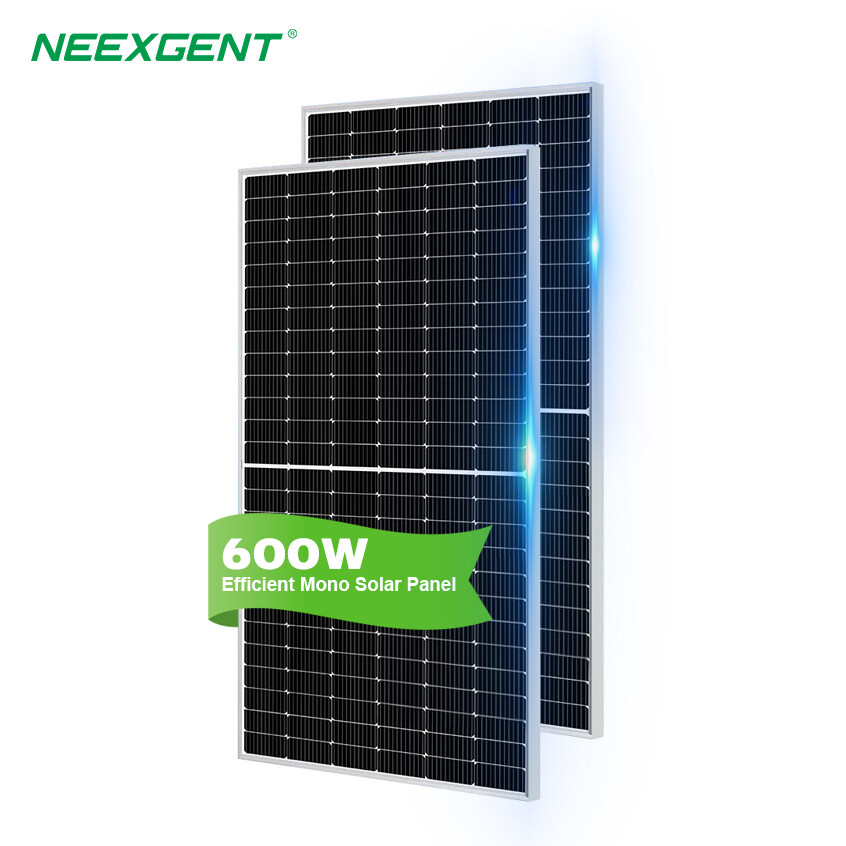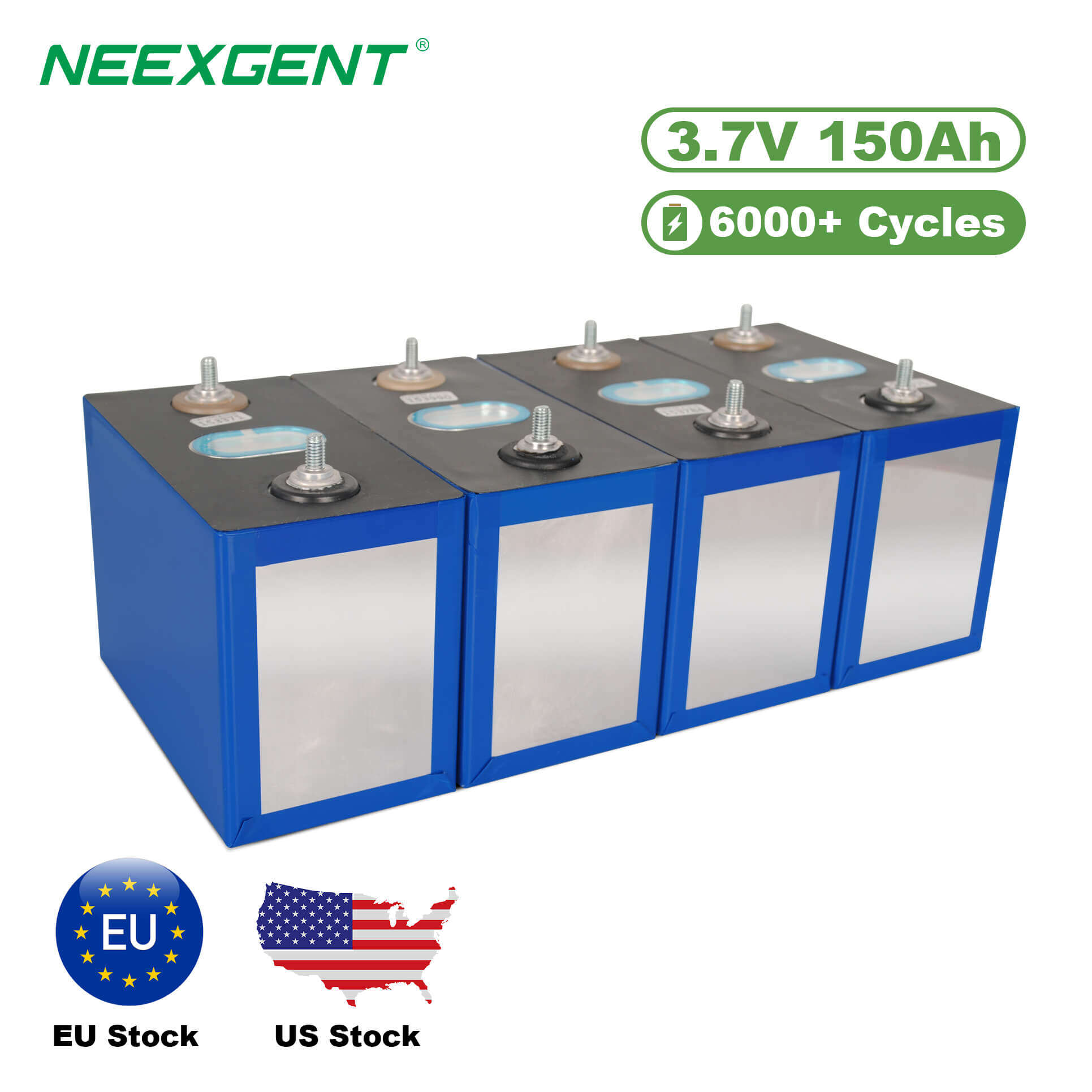Solar energy is key to the world’s transition to renewable energy sources. Solar panels, which capture sunlight and convert it into electricity, lie at the center of this technology. People may identify solar panels by their shiny rectangular shapes, but fewer know about the critical internal structure that enables functionality — specifically, how many solar cells there are in each panel.
Knowing the count of cells in a solar panel, how they fit together, and why various panels show different counts of cells is key for anyone thinking about solar energy, whether for home, business, or factory use. This piece takes a deep dive into solar panel cells, their setups, and how they affect performance.

What Are Solar Cells?
Solar cells are known as photovoltaic (PV) cells which form the basic components of solar panels. These cells are small; each is a semiconductor device responsible for the conversion of sunlight into electricity using the photovoltaic effect. Sunlight striking these cells serves to excite electrons thereby creating an electric current.
One solar cell generates very small power — usually about 0.5 volts. To generate adequate voltage and current for practical applications, these cells are joined in series and parallel arrangements to form a solar panel.
Standard Numbers of Solar Cells in Panels
Most solar panels have a standard number of cells, which directly influences their size, voltage output, and power capacity. Here are the most common configurations:
|
Configuration
|
Number of Cells
|
Typical Use
|
Voltage Output (Vmp)
|
Panel Size
|
|
32-Cell
|
32
|
Small off-grid applications
|
~16V
|
Very compact
|
|
36-Cell
|
36
|
RVs, boats, small off-grid setups
|
~18V
|
Compact
|
|
60-Cell
|
60
|
Residential rooftops
|
~30-32V
|
Standard size
|
|
72-Cell
|
72
|
Commercial and utility-scale
|
~36-38V
|
Larger than residential
|
|
96-Cell
|
96
|
High-efficiency premium panels
|
~50V
|
Variable, denser layout
|
Relationship Between Solar Panel Wattage and Number of Cells
The number of solar cells in a panel is closely linked to its total wattage output. Here's a helpful table showing typical wattage ranges and their corresponding cell counts:
|
Wattage Range
|
Typical Number of Cells
|
Common Applications
|
|
50W - 120W
|
32 - 36 cells
|
Portable systems, RVs, boats, small off-grid setups
|
|
150W - 200W
|
36 cells
|
Off-grid cabins, backup systems
|
|
250W - 350W
|
60 cells
|
Residential rooftops
|
|
370W - 450W
|
72 cells
|
Commercial rooftops, utility-scale projects
|
|
480W - 600W
|
144 half-cut cells
|
Large-scale solar farms, high-efficiency systems
|
|
600W - 700W
|
156 - 168 half-cut cells
|
Ultra-large commercial and industrial systems
|
|
700W+
|
180+ half-cut or bifacial cells
|
Future high-power modules, bifacial applications
|
Note:
-
Half-cut cell panels (e.g., 144, 156 cells) are becoming the new norm in high-efficiency and large-format panels.
-
Higher wattage doesn't just mean more cells — it also involves better materials, larger cell sizes (such as M10, G12), and advanced panel designs.
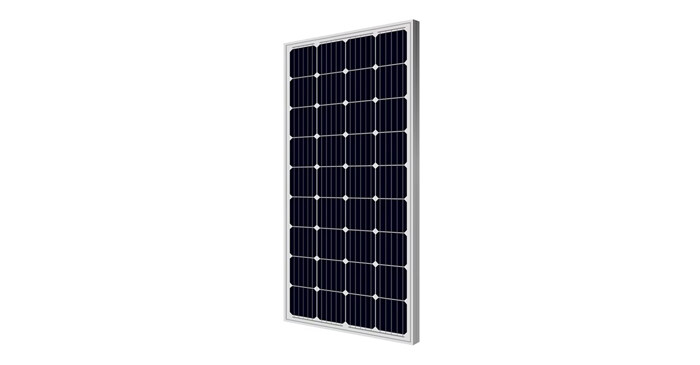
36-Cell Solar Panels
36-cell panels are the traditional standard for smaller-scale solar projects, especially in off-grid environments like boats, RVs, or cabins. They provide around 18 volts at peak power, which is ideal for charging 12V battery systems (with the help of a charge controller).
These panels are relatively small and light, making them easy to transport and install. However, their lower power output (typically between 100 and 150 watts per panel) makes them less suitable for large residential or commercial installations.
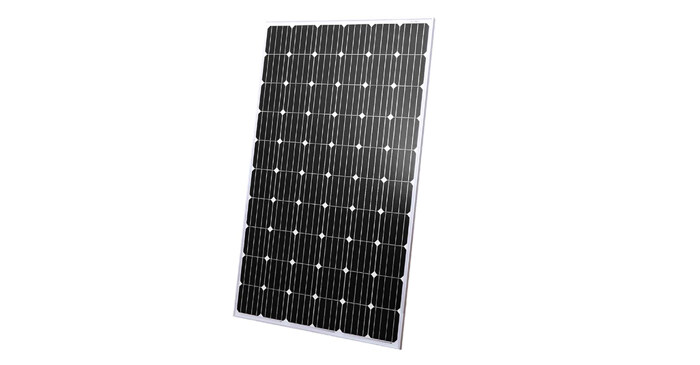
60-Cell Solar Panels
60-cell panels are the most common choice for residential solar installations today.
A 60-cell panel is usually arranged in a 6x10 grid (6 cells across, 10 cells down). These panels typically produce between 300 to 400 watts of power, depending on the efficiency of the solar cells used.
-
Advantages:
-
Widely available and affordable
-
Good balance between size, weight, and power output
-
Easier installation on residential roofs
Because of their standardization, 60-cell panels fit well within the dimensions and weight limits preferred for homes.
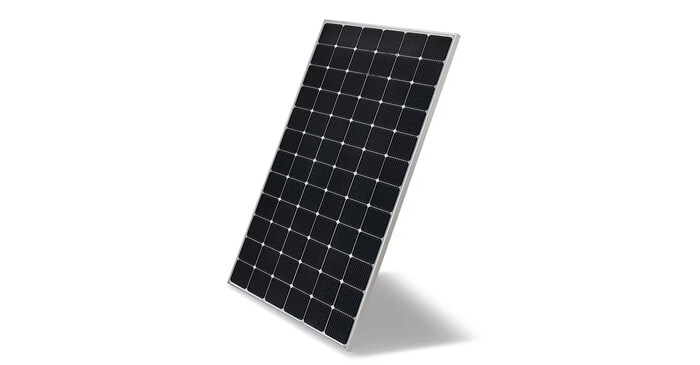
72-Cell Solar Panels
72-cell panels are essentially 60-cell panels with an extra row of cells (6x12 configuration). This extra row allows them to produce more voltage and more power — usually between 350 to 450 watts.
These panels are commonly used in larger installations, such as:
-
Commercial rooftops
-
Solar farms
-
Utility-scale projects
Due to their larger size and weight, they can be more challenging to handle during installation, but they reduce the total number of panels needed for a given power output, which can lower installation costs.
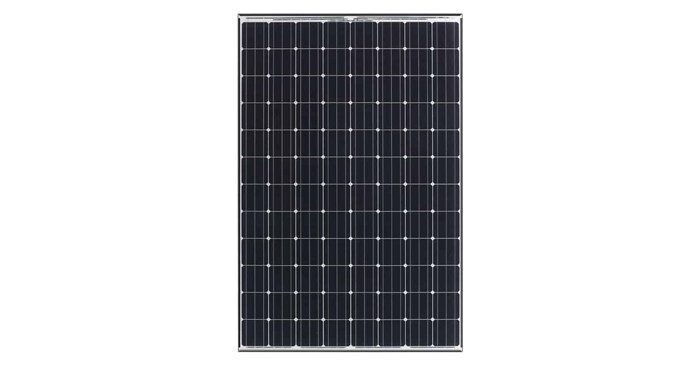
96-Cell Solar Panels
96-cell panels are a more recent innovation, often used in high-efficiency applications where space is limited but maximum power is needed. These panels often use high-end materials and technologies (such as Panasonic’s HIT cells).
Their higher voltage output can be advantageous in specialized systems but also requires compatible inverters and careful system design.
-
Pros:
-
Cons:
-
More expensive
-
Less standardized
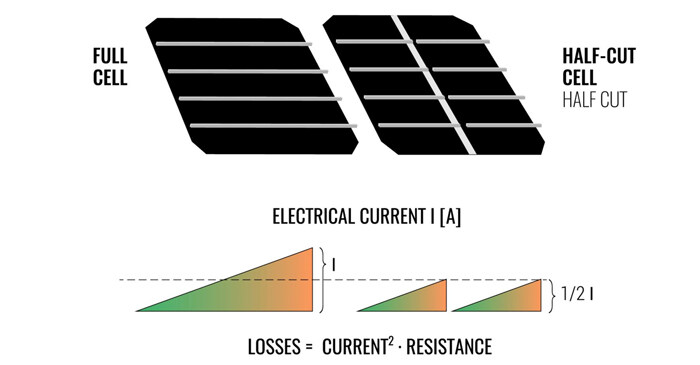
Half-Cut Cells: A Modern Innovation
In addition to traditional full-cell panels, many modern panels use half-cut cells. These panels literally cut each solar cell in half, doubling the number of cells.
For example:
Benefits of half-cut cells:
-
Higher efficiency: Reduced resistive losses.
-
Better shade tolerance: Partial shading affects less of the panel.
-
Improved durability: Less mechanical stress on each cell.
Even though the number of cells doubles, the panel size remains roughly the same because the cells are physically smaller.
Factors That Influence the Number of Cells
1. Voltage and System Compatibility.
- Different battery systems (12V, 24V, 48V) require different panel voltages and the number of cells impacts the voltage directly.
2. Available Space
- Wider-open spaces like farms suitlarger panels (more cells), while rooftops with limited area suit smaller panels better.
3. Weight and Installation
- Bigger panels are heavier and might need more work to put up.
4. Efficiency Needs High cell count panels (96-cell or half-cell models for most cases) provide greater efficiency and power per unit area, which is critical in constrained spaces.
Choosing the Right Panel: A Practical Guide
If you're considering a solar energy system, here's a simple guide to help you choose:
-
For RVs, boats, or tiny off-grid systems: Choose 32-cell panels.
-
For most residential homes: 60-cell panels (or 120 half-cell panels) are ideal.
-
For large-scale installations (commercial, utility farms): 72-cell or 144 half-cell panels offer better economics.
-
For maximum efficiency in limited space: 96-cell panels or advanced half-cut panels are the way to go.
Conclusion
The number of cells in a solar panel sits well above a technical detail — it fundamentally shapes off the panel’s size, voltage, power output, and application. Whether it be a compact 36-cell panel for a remote cabin or powerful 144 half-cell panels for a solar farm, the configuration has to match the project’s needs.
Knowing what cell numbers and shapes mean helps you make wise choices, get the best from your system, and understand better the great tech that drives the future with sun rays.
FAQs
1. How many cells are there in a typical solar panel?
Most residential solar panels have 60 or 120 (half-cut) cells, while commercial panels often have 72 or 144 (half-cut) cells. The number of cells affects the panel's voltage, size, and power output.
2. What is the difference between a 60-cell and a 72-cell solar panel?
A 72-cell solar panel has 12 more cells than a 60-cell panel, making it larger and capable of generating more power. 72-cell panels are commonly used in commercial installations, while 60-cell panels are preferred for residential rooftops due to their lighter weight and easier handling.
3. Which is better: Full Cells or Half-Cut Cells in solar panels?
Half-cut cells are generally better than full cells because they offer higher efficiency, better shade tolerance, and greater durability. By cutting cells in half, resistance losses are reduced, leading to improved overall panel performance, especially in real-world conditions like partial shading or high temperatures.
4. How does the number of cells affect solar panel efficiency?
While the number of cells impacts the panel’s voltage and size, efficiency mainly depends on the cell technology used. However, designs like half-cut cells or panels with more busbars can reduce energy loss and increase efficiency compared to traditional full-cell designs.
5. Can I mix solar panels with different numbers of cells in one system?
It’s not recommended to mix panels with different numbers of cells because they have different electrical characteristics, such as voltage and current. Mismatching panels can lead to lower system efficiency and potential inverter issues. It's best to use matching panels whenever possible.

